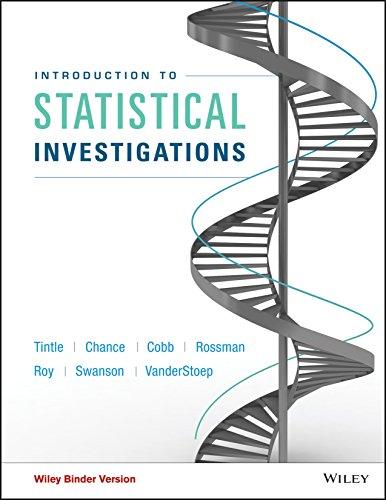In Exploration 8.2B, we will look at a study that was done to determine if there is
Question:

a. What is the explanatory variable in this study? Is it categorical or quantitative?
b. What is the response variable in this study? Is it categorical or quantitative?
c. Write out the null and alternative hypotheses for this study.
d. Compute the observed proportions of children that are nearsighted for each lighting condition.
e. Compute the MAD statistic.
f. A null distribution was generated for this data set and is shown. Based on this distribution along with the MAD statistic, what can you say about the value of the p-value?

g. What is your conclusion based on this p-value?
DistributionThe word "distribution" has several meanings in the financial world, most of them pertaining to the payment of assets from a fund, account, or individual security to an investor or beneficiary. Retirement account distributions are among the most...
Fantastic news! We've Found the answer you've been seeking!
Step by Step Answer:
Related Book For 

Introduction To Statistical Investigations
ISBN: 9781118172148
1st Edition
Authors: Beth L.Chance, George W.Cobb, Allan J.Rossman Nathan Tintle, Todd Swanson Soma Roy
Question Posted:





